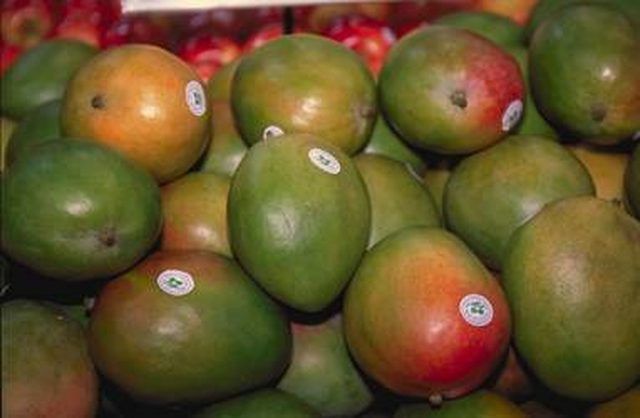Bulbs
Flower Basics
Flower Beds & Specialty Gardens
Flower Garden
Garden Furniture
Garden Gnomes
Garden Seeds
Garden Sheds
Garden Statues
Garden Tools & Supplies
Gardening Basics
Green & Organic
Groundcovers & Vines
Growing Annuals
Growing Basil
Growing Beans
Growing Berries
Growing Blueberries
Growing Cactus
Growing Corn
Growing Cotton
Growing Edibles
Growing Flowers
Growing Garlic
Growing Grapes
Growing Grass
Growing Herbs
Growing Jasmine
Growing Mint
Growing Mushrooms
Orchids
Growing Peanuts
Growing Perennials
Growing Plants
Growing Rosemary
Growing Roses
Growing Strawberries
Growing Sunflowers
Growing Thyme
Growing Tomatoes
Growing Tulips
Growing Vegetables
Herb Basics
Herb Garden
Indoor Growing
Landscaping Basics
Landscaping Patios
Landscaping Plants
Landscaping Shrubs
Landscaping Trees
Landscaping Walks & Pathways
Lawn Basics
Lawn Maintenance
Lawn Mowers
Lawn Ornaments
Lawn Planting
Lawn Tools
Outdoor Growing
Overall Landscape Planning
Pests, Weeds & Problems
Plant Basics
Rock Garden
Rose Garden
Shrubs
Soil
Specialty Gardens
Trees
Vegetable Garden
Yard Maintenance
How to Graft a Mango Tree
How to Graft a Mango Tree. Mango, known botanically as Mangifera indica, is a tropical evergreen perennial tree that is grown primarily for its edible fruit. While mangoes have famously large seeds and the trees can successfully be grown from seed, the best edible mangoes and most mangoes in commercial growing settings are from mango scions grafted...

Mango, known botanically as Mangifera indica, is a tropical evergreen perennial tree that is grown primarily for its edible fruit. While mangoes have famously large seeds and the trees can successfully be grown from seed, the best edible mangoes and most mangoes in commercial growing settings are from mango scions grafted onto sturdy sapling root stock. With their tropical heritage, temperature is critical to mango tree growth, fruiting and grafting. The rule is: cold kills. Always keep your mango tree above 40 degrees F and perform grafting in the spring when temperatures consistently rise above 50 degrees F. Mango tree saplings respond well to cleft grafting, and scion wood and sapling should bond and knit together in one to two years.
Things You'll Need
Mango scion wood cuttings
Mango sapling for root stock
Sharp cutting knife
Resealable plastic bag
Damp paper towel
Melted grafting wax & brush
Grafting tape or rubber grafting band
Harvest mango scions, using sharp clean secateurs, from mature, year-old branches that are healthy and relatively straight. Each should have at least three buds and measure between an 1/8-inch and 1/4-inch in diameter and approximately 10 inches in length. Wrap the scions in a damp paper towel and place them in a resealable plastic bag until they can be grafted.
Create the cleft in the root stock sapling: cut across the top of the root sapling trunk in a V-shape on a 45-degree angle and approximately an 1 1/2 inches in depth.
Retrieve the moist scions from the plastic bag and cut the bottom ends of two scions with your knife at a 45-degree angle into a V-shape that fits snugly into the cleft in the top of the sapling.
Melt grafting wax. Snug the two scion ends into the opposite ends of the cleft and paint on the warm grafting wax to cover all exposed wood on the scions and the sapling.
Wrap grafting tape or rubber banding around the trunk where the scions meet to snugly secure the scions in an upright, fixed position. Monitor the grafts closely over the weeks to ensure that the protective wax remains in position. Add more if necessary to cover any exposed raw wood.